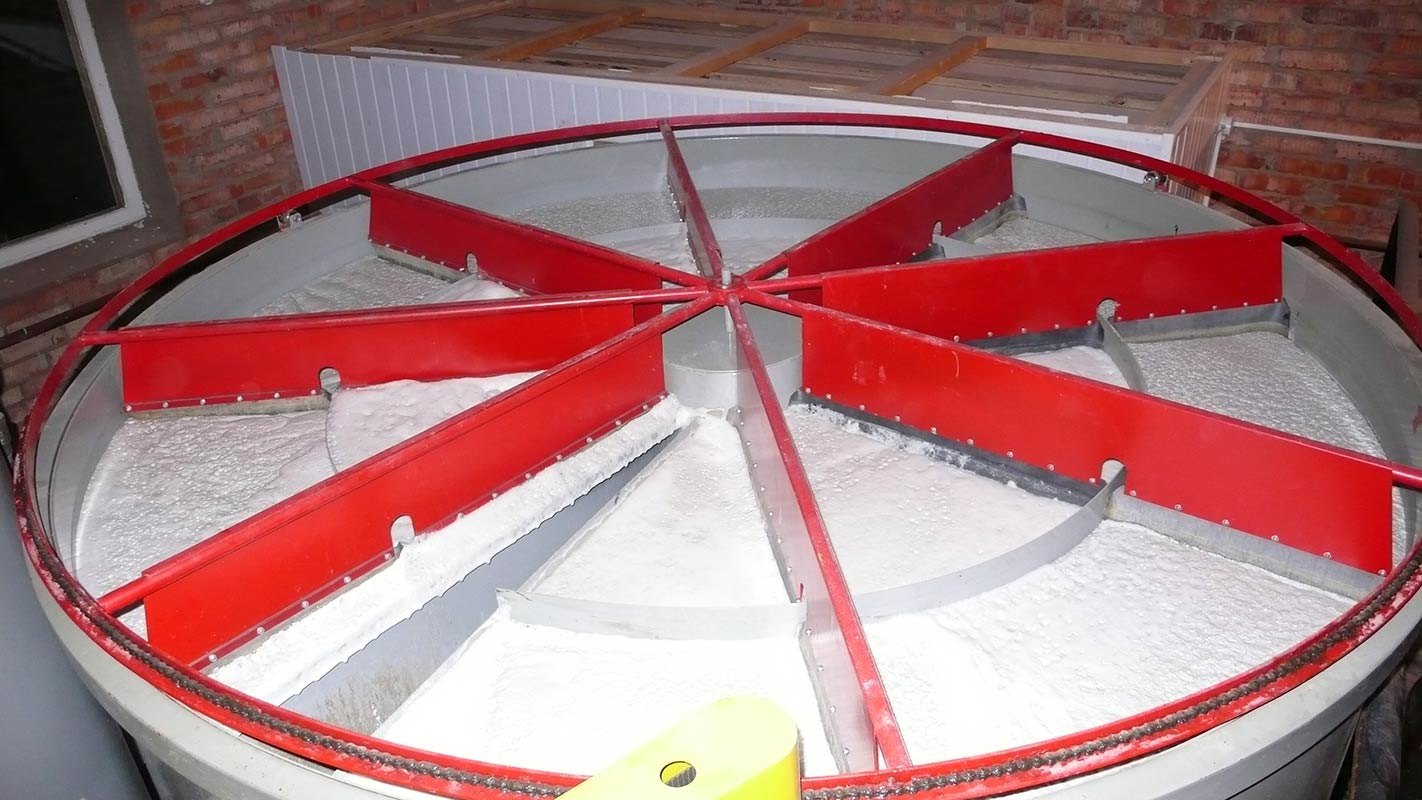Principles of flotation cleaning
Flotation methods
The treatment of almost any type of wastewater by flotation is a fairly common method of disposal of sewage discharges today and is used everywhere in those places where its use is most advantageous from a technical point of view.
Flotation(translated from French flotter - float) is a method of water purification using microparticles of different wettability. Particles are divided into two types:
- hydrophobic
- hydrophilic
There is another method of wastewater treatment - this is froth flotation method. Its difference from the first method is that the particles are first treated with reagents. Then the air bubbles push these reagents to the surface of the water, resulting in a layer of foam, which carries away various organic compounds. Moreover, in addition to reagents, manufacturers also add a foaming agent there, which increases the stability of the foam.
The principle of the flotation phenomenon and its use
Hydrophobic particles approach the air bubbles in the water, resulting in the formation of a small layer. This layer becomes smaller and smaller, and, as a result, there comes a critical moment when it inevitably breaks. After this, complete wetting of the hydrophobic particle usually occurs.

Further, the air bubble sticks to this particle and rises to the phase boundary, this is due to the fact that the density of the pulp (liquid medium) is much higher than the density of the bubble with the particle. In other words, they float, resulting in a layer of foam, which is automatically removed from the skimmer. There is also a small nuance in this process. The stability of the bond between a bubble and a hydrophobic particle is influenced by such factors as: the size of the bubble and particles, their physicochemical properties, as well as the aquatic environment in which they are located.
Now we can consider flotation plant design. First, the air jet and the water jet are located at a very small distance from each other. Secondly, they are directed in one direction, which allows air particles to stick together with water particles. Moreover, particles of a certain size are fed into the flotation chamber, which are established by repeated experiments, which makes it possible to make the operation of the installation optimal. Otherwise, if the bubble is too large, the flow rate will change and, accordingly, the particles will not have time to stick to each other. Another reason why the particles must have a certain size is that when the water is stirred, the bonds between the hydrophobic particles and the air bubbles are broken.
What is the difference between impeller and pressure flotation, which use porous materials to treat the wastewater that constantly enters the system?
When applied pressure water flotation saturated with air, which is supplied under high pressure. If, when applying this method, no reagents are added to the water, then this wastewater treatment method is called physical. The big advantage of pressure flotation is that when using it, it is possible to regulate the size and volume of bubbles, as well as the amount of air that dissolves during operation.
There is another method of flotation - this is impeller flotation method, which is widely used in the oil refining industry. This method differs from all the others in that it has low efficiency, since when it is used in the flotator, a large flow turbulence occurs, as a result of which flaky forms are destroyed. To get the best result when using impeller flotation, surfactants are added to the skimmer.
To obtain small bubbles, manufacturers use porous materials that reduce the speed of the air jet, resulting in the formation of small bubbles.
Also, the efficiency of flotation is increased due to the use of coagulants, which help to remove certain contaminants in the form of very stable emulsion compounds.
Dehydration in settling tanks, thickeners, dryers and hydrocyclones are the next steps in wastewater treatment from various suspended solids and organic compounds. But this is a completely different conversation and more on that next time.
In conclusion, I would like to say that thanks to the flotation method, our lakes and ponds retain their original transparency and beauty, which, of course, is very pleasant for ordinary people. And without this method, perhaps many beautiful ponds and rivers would turn into swamps filled with waste from various enterprises.
Applied Argel Equipment:
- Flotomax S - fiberglass pressure skimmer;
- FDP flotation unit - flotation unit.









